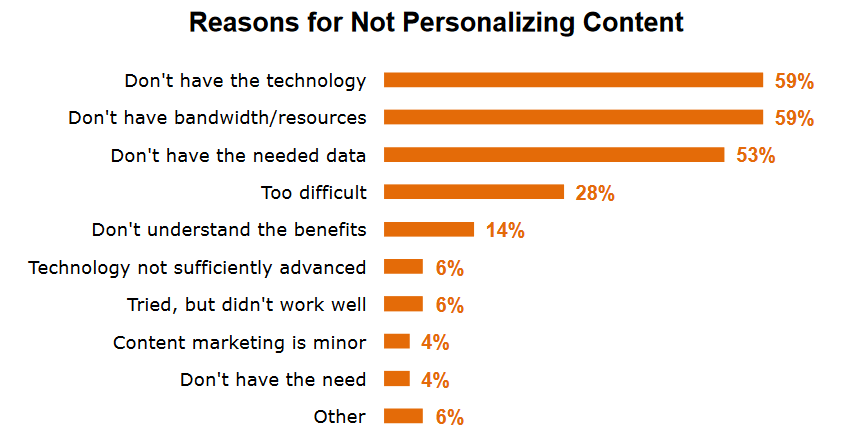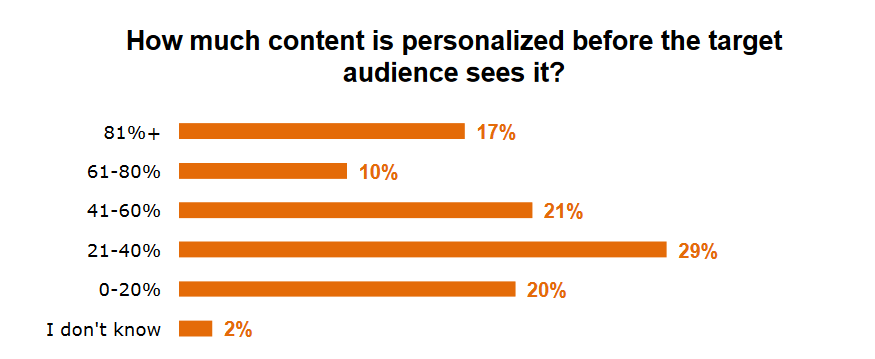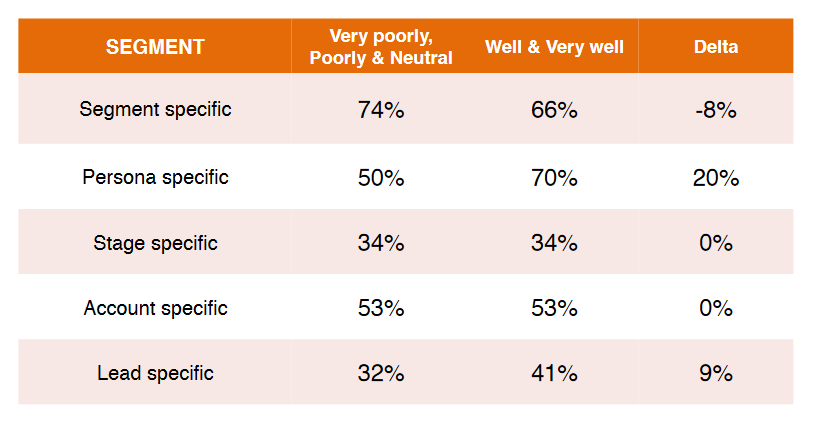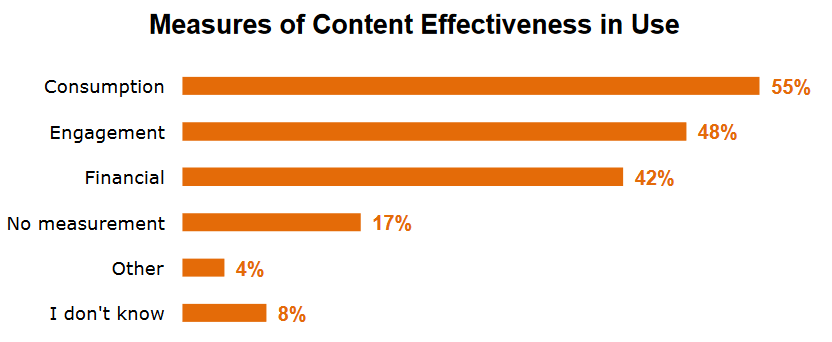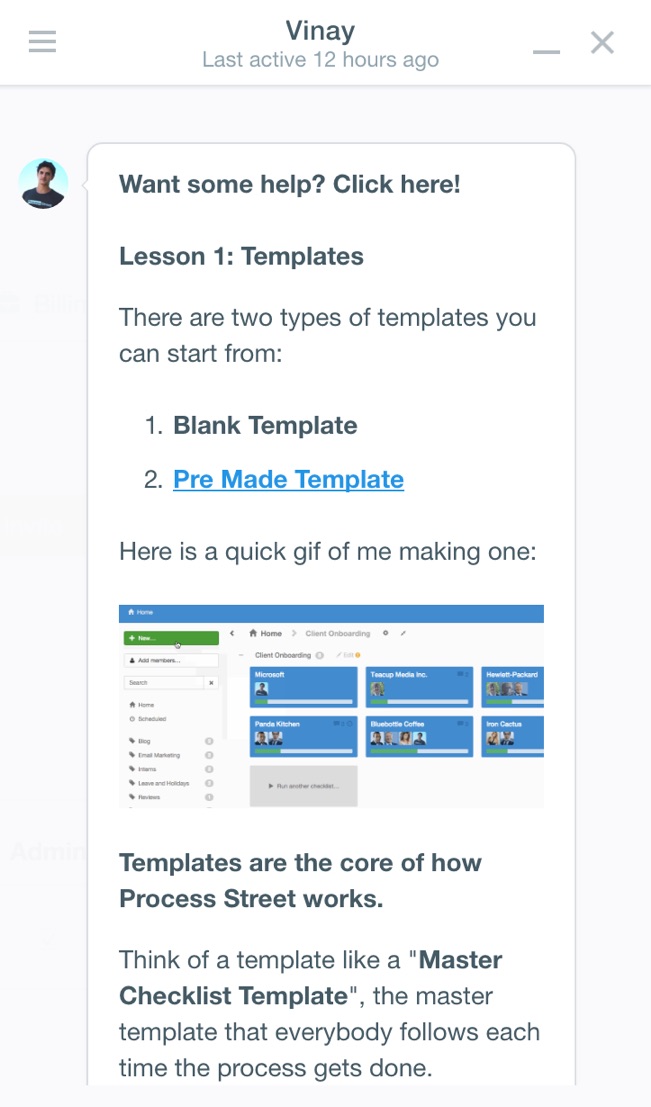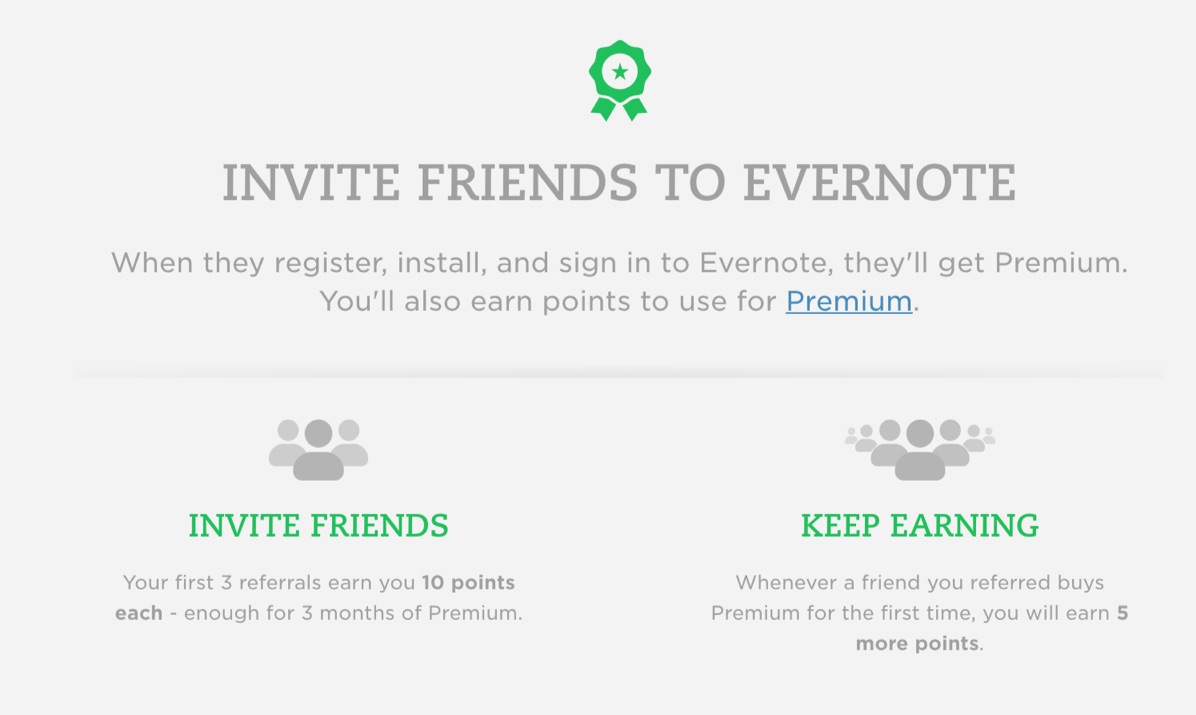Promotion was easy in the 1960s.
Advertise on one of THREE networks. The one local newspaper. Maybe one of the few radio shows.
Things have changed a bit since then.
We’re talking thousands of channels. Multiple devices. A never-ending Long Tail.
Not to mention, technological disruption that (a) erodes, (b) replaces, or (c) reverses most of the current best practices every 6-12 months.
That makes a marketer’s role… complicated.
But you ain’t seen nothing yet.
Cause the machines, they are a-comin’.
And sh!t ain’t ever gonna be the same.
A Brief History of Machine Learning in Marketing
“RankBrain has become the third-most important signal contributing to the result of a search query”, according to senior research scientist at Google, Greg Corrado.
It’s an artificial intelligence engine that uses pattern matching at scale to process millions of search queries daily. And with an 80% accuracy rating, it outperforms engineers by a wide margin.
There’s no wonder that it’s taking over the search giant then.
Part of that success comes from the ability to literally guess – based on millions of datapoints in fractions of a second – the searcher’s intent behind a few random keystrokes.
In other words, it learns and adapts. Better and faster than any team of humans is able.
Cue the apocalypse.
Google’s been working on this for half a decade though, fine-tuning and perfecting the approach. The savviest SEO’s have even seen this coming since the beginning, tipped off by Google’s patent filings a few years back.
However, Google’s adventures in machine learning isn’t an isolated event.
Facebook has also been using machine learning to enhance a user’s newsfeed to help increase consumption and time on site. It’s behind their ‘facial recognition tool’ that has a 98% accuracy when sensing who to tag in an image.
Machine learning also guides the way Netflix tailors content to you. And determining which email gets marked as spam or not (which is easy to remember with a mnemonic device like Spamalot).
But what is it exactly? And how does it work?
Don’t ask me. Instead, Tommy Levi, the Director of Data Science at Unbounce (who just so happens to also possess a PhD in Theoretical Physics), had this to say in The Split (yes, I’m quoting Unbounce who’s quoting Tommy Levi… how’s that for some journalism?!):
“You can think of machine learning as using a computer or mathematics to make predictions or see patterns in data. At the end of the day, you’re really just trying to either predict something or see patterns, and then you’re just using the fact that a computer is really fast at calculating.”
This is one of the first big steps towards the practical application of artificial intelligence. But this time being used to help separate people from their pocketbooks. (Which is undoubtedly one of the great use-cases scientists had in mind for the promise of AI).
And sure. There are probably ethical concerns somewhere here. Like preying on the poor saps with drug, alcohol or gambling addiction (because machines haven’t mastered political correctness just yet).
But let’s not concern ourselves with that heavy stuff. (Honestly, read The Split for a more detailed – and responsible – overview of the drawbacks of this advancement.)
Instead, let’s focus on where this is going.
Why does it matter for marketers? And how is it going to revolutionize our profession?
Why Machine Learning Matters
Teaching spam filters which stuff to let in your inbox is table stakes. No big deal.
Recognizing faces is fun. But playtime’s over.
Providing more accurate search results? Useful. Although primarily for Google.
What about us? How will this impact marketers?
The epiphany you were looking for comes in the form of the Conversion Equation, introduced recently by Oli Gardner at this year’s Unbounce Call to Action conference.
And it presents the most compelling example (that I’m aware of) in how machine learning will transform the role of marketers forever.
The ambitious goal: to create a standardized equation that predicts ways to improve conversions on your website.
For example:
- Moving your CTA down to this point in the page will result in a 4.5% conversion lift.
- The most interaction on this page happens around line 23, so place a video here.
- It will tell you, finally, what elements to A/B test (and which to ignore).
It delivers this through a combination of over 50-sub equations that blend (a) heuristic analysis, (b) rapid experiments, (c) conversion research and data, (d) video conversion and engagement data, (e) academic studies, and (f) tools and frameworks from the industry’s best and brightest.
For example, the ‘Page Clarity’ sub-equation illustrates how machine learning is used to assess the following factors in real-time:
- Distraction: Are there too many conflicting CTAs on a page?
- Expectation: Does the information on this page match what the user’s expecting to see?
- Readability: Is this page easy to understand, or riddled with jargon?
- Visual Identification: Does this page use good principles from data-driven design to help people subconsciously understand what to do on this page?
- Immediacy: Can the visitor quickly and easily understand what to do on this page?
- Specificity: Is the language explicit, or hard to comprehend?
- Hyperbole: Are you telling the visitor that you’re good, or showing it?
The Clarity principle can help provide concrete, clear and specific instructions to improving the performance of a landing page. And it’s just one tiny slice with 49 other options.
Here’s what that means for our profession.
What Machine Learning Means for Marketers
Only about 1 out of 8 A/B tests deliver anything of note.
That means most are gonna fail. Which means you gotta do a bunch of them to see results.
Google alone ran more than 7000 tests in one year. And that was back in 2011! Ancient, primitive times compared to today.
They even tested 50 shades of blue for their CTAs (which sounds like a best-selling, geeky satire in the making).
Does your company have the bandwidth to match that volume? Do you, personally?
Most likely not. You probably have enough trouble getting one test off the ground each month.
54% of marketers say they don’t work to improve conversions more because of a lack of resources (with lack of budget coming close behind at 35%), according to MarketingCharts.
The most difficult part of being a marketer today isn’t the tactics. It’s not figuring out what page elements to test. Here’s 71 of them. It’s not even how to do it. Here’s how.
All that stuff is out there.
No, what’s hard is knowing what to test on your website in the first place. And why.
That’s where machine learning, and developments like the Conversion Equation come in. They provide predictable analysis, specific to your website based on rapid-fire pattern matching, that suggests what to test and why.
There ain’t no maps for that. No 5,000 word Skyscrapers with 200 upvotes on Inbound.org.
Instead, it typically requires a reliance on creative analysis and years of experience. Human-based pattern matching that only comes with seeing multiple different use cases across again and again and again.
That means a few things.
On the downside, machine learning will probably mean greater unemployment (or the PC label: ‘displacement’) and/or consolidation as the industry matures. Competitive margins – currently measured by a marketer’s ingenuity or experience – will diminish.
However on the plus side, machine learning will hopefully, mercifully, remove a lot of the guesswork (and political barriers) for the best data-driven marketers to do what they’re good at: delivering action based on hypothesizing and iterating.
Stringing together small wins at each little step of the customer journey to deliver significant ROI increases every step of the way.
Conclusion
Machine learning is one of the biggest (and most promising) developments that will affect the way marketing evolves over the next few decades.
The initial, nascent steps are already influencing the platforms we use on a daily basis.
The near future offers unparalleled advancement in the way we deliver results for companies and clients.
And the combination of these developments will undoubtedly shake up the way marketers, well, market.
Machine learning may have a few drawbacks. There are very real ethical concerns, as well as the high probability of taking work away from lower-level marketers.
However it’s inevitable.
It’s going to remove a lot of the grunt work, manual labor and frustration we deal with on a daily basis. And it’s got the potential to raise the influence of marketers worldwide.
That is, unless these machines don’t kill us first.
About the Author: Brad Smith is a founding partner at Codeless Interactive, a digital agency specializing in creating personalized customer experiences. Brad’s blog also features more marketing thoughts, opinions and the occasional insight.


